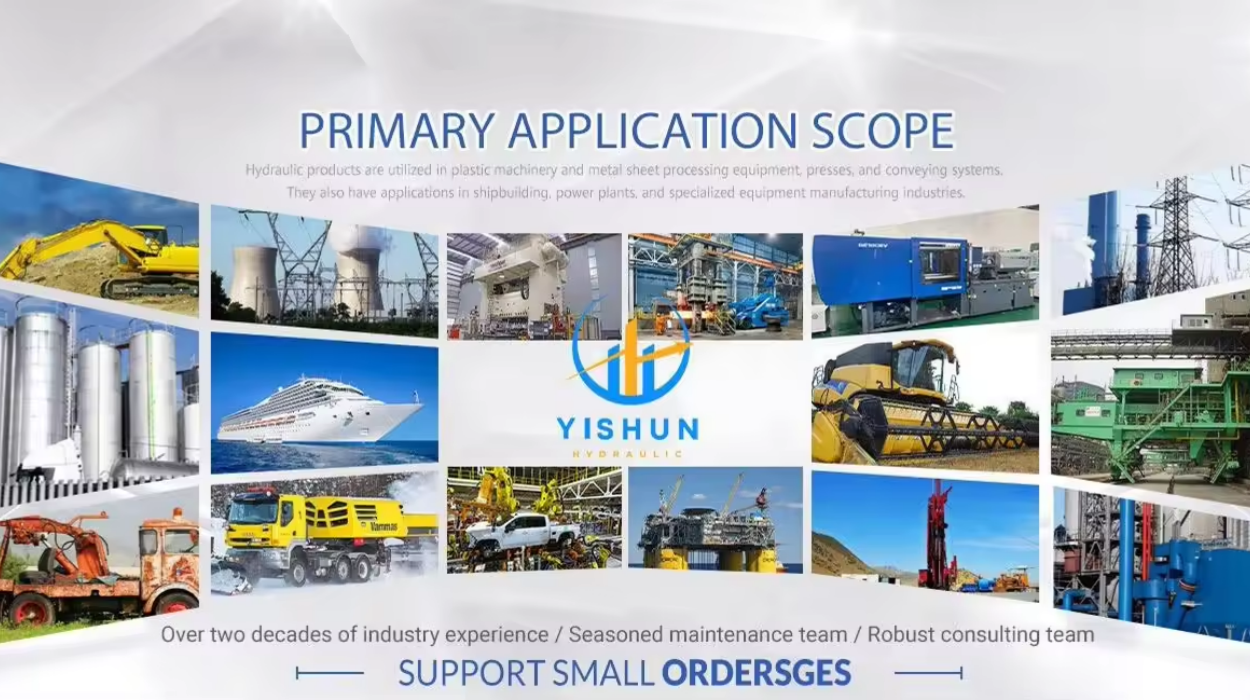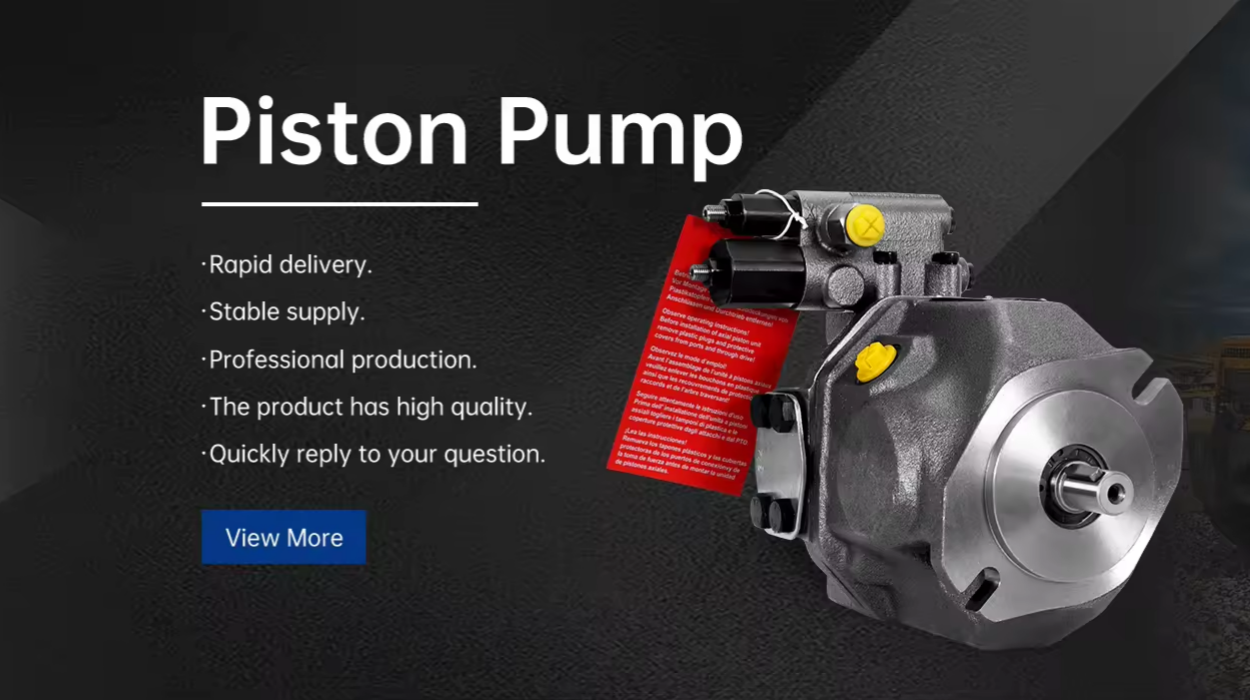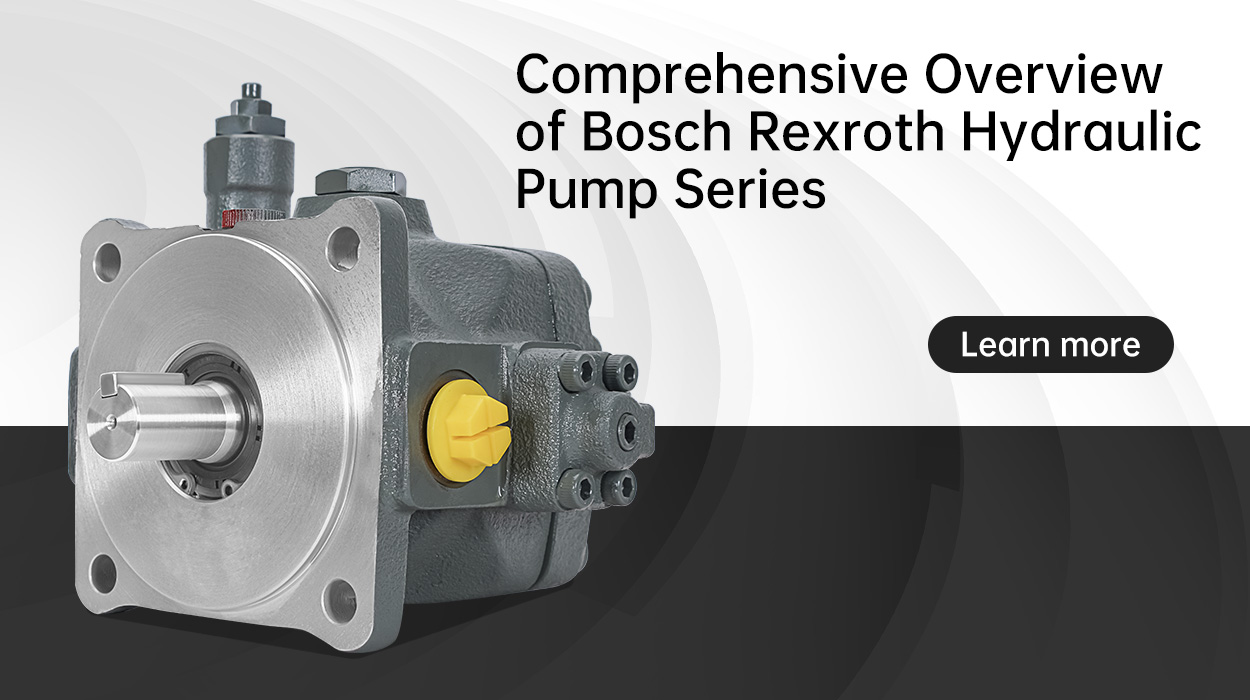Hydraulic pumps are essential components in various industrial machines and systems, powering everything from construction equipment to manufacturing machinery. Like any critical machinery, hydraulic pumps require regular maintenance to ensure they operate efficiently and have a long service life. In this blog, we’ll explore the importance of regular maintenance for hydraulic pumps, the key areas to focus on, and how proactive care can prevent costly repairs and downtime.
Why Regular Maintenance is Crucial
Hydraulic pumps are designed to withstand high pressures and continuous operation, making them incredibly reliable when properly maintained. However, over time, wear and tear, contaminants, and improper fluid levels can cause performance issues, resulting in costly repairs and potential system failures. Regular maintenance helps identify small problems before they escalate into bigger, more expensive issues.
- Prevents Pump Failure: Hydraulic pumps are often under heavy stress. Regular inspections can spot issues such as worn seals, leaking hoses, or damaged parts, allowing for repairs before total pump failure occurs.
- Optimizes Efficiency: A well-maintained pump runs more efficiently, reducing energy consumption and improving the overall performance of the hydraulic system.
- Extends Service Life: Routine maintenance keeps the pump in optimal working condition, extending its lifespan and reducing the need for premature replacement.
- Minimizes Downtime: Regular checks ensure that your hydraulic pump is always running smoothly, reducing the likelihood of unexpected breakdowns that can cause costly downtime in your operations.
Key Areas of Hydraulic Pump Maintenance
To maintain a hydraulic pump’s performance, several key areas need attention. Here are the most important maintenance tasks you should focus on:
- Check Hydraulic Fluid Levels and Quality
Hydraulic fluid is the lifeblood of any hydraulic system, and maintaining the correct fluid levels is essential for smooth operation. Low fluid levels can cause the pump to overheat or seize, leading to pump damage. Additionally, dirty or degraded fluid can cause excessive wear on internal components. Regularly check the fluid levels and replace the fluid as needed, ensuring that the fluid is clean and of the appropriate type for your system. - Inspect for Leaks
Leaks in a hydraulic system can lead to significant losses in pressure and efficiency. Check hoses, seals, and fittings for any signs of leakage. Small leaks can often be fixed easily, but if left unchecked, they can result in larger failures and the need for expensive repairs. - Replace or Clean Filters
Filters prevent contaminants from entering the hydraulic system, which can cause pump damage. Over time, filters become clogged and less effective. Regularly inspect and replace or clean the filters to ensure that debris and dirt do not compromise the system’s performance. - Monitor Pump Noise and Vibration
Unusual noises or vibrations in the hydraulic pump can be signs of internal issues, such as cavitation or worn parts. Regularly listening for these changes can help identify problems before they worsen. If you notice any odd noises or vibrations, investigate the cause immediately and address it to avoid further damage. - Check and Maintain Seals
Seals prevent fluid leaks and ensure that the hydraulic system remains pressurized. Over time, seals can wear out or become damaged, leading to leaks and reduced pump efficiency. Inspect seals regularly and replace them if necessary. - Inspect for Excessive Heat
Hydraulic pumps can overheat if the cooling system is not functioning properly or if there is an issue with fluid viscosity. Ensure that the system has proper cooling, and check for overheating signs, such as high fluid temperature or pump inefficiency. If overheating is detected, investigate the cause immediately.



